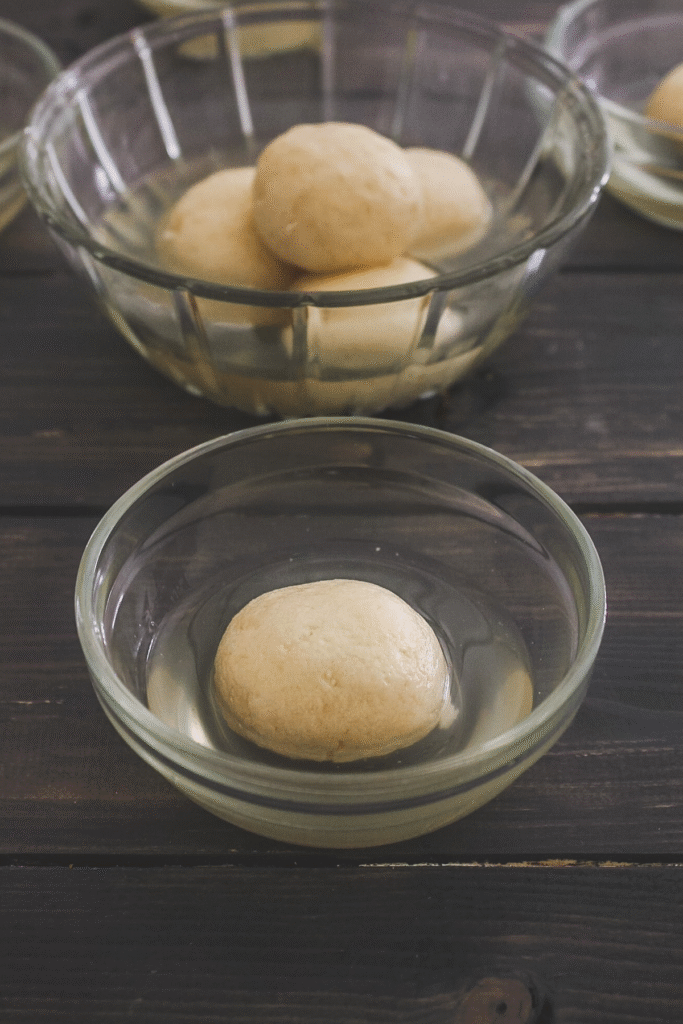Rasgulla, also known as Rosogolla in Bengali, is one of the most beloved and iconic sweets to come out of Bengal’s rich culinary tradition. These soft, spongy, white cheese balls soaked in light sugar syrup are a staple at Indian festivities and celebrations. Whether it’s a festive occasion, a family get-together, or just a craving for something sweet, rasgullas never fail to satisfy.
This recipe is incredibly straightforward and virtually foolproof—even if you’re a beginner in the kitchen. With just a few basic ingredients like milk, lemon juice or vinegar, and sugar, you can create a dessert that rivals the best sweet shops. The process might seem a bit detailed at first, but once you understand the key steps and techniques, making perfect rasgullas becomes second nature.
The end result? Light, airy, melt-in-your-mouth rasgullas that bounce back when pressed—just the way they should be. In this guide, you’ll discover not just the method, but also all the essential tips, secrets, and troubleshooting tricks to help you master the art of rasgulla-making at home. So roll up your sleeves and get ready to dive into this traditional sweet that continues to charm taste buds across generations!
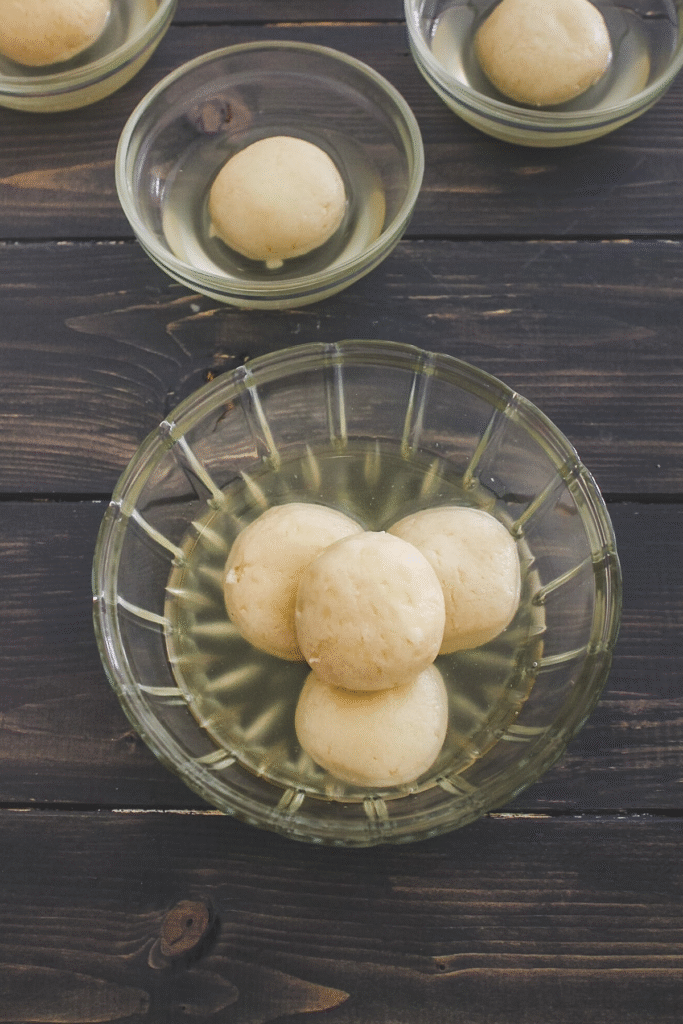
What is Rasgulla?
Rasgulla is a classic and beloved Bengali sweet delicacy made from fresh chenna (curdled milk solids) and sugar. This traditional treat holds a special place in Indian festive celebrations and is cherished for its soft, spongy texture and melt-in-the-mouth sweetness.
The process begins by curdling full-fat milk using a food-grade acidic agent such as lemon juice or vinegar. Once the milk splits, the curds are separated from the whey, and the resulting chenna is washed and kneaded until smooth and pliable. From this dough-like chenna, small, smooth balls are shaped carefully by hand. These balls are then gently simmered in a light sugar syrup, which allows them to expand and soak up the sweetness, becoming airy, juicy, and fluffy in texture.
Rasgullas are known for their subtle flavor, moist interiors, and satisfying chew. As they simmer, they absorb just the right amount of syrup to become perfectly sweet without being overpowering. Traditionally prepared during festivals like Durga Puja, Diwali, and other joyful occasions, rasgullas symbolize hospitality and celebration in many Indian households.
Their pristine white color and delicate structure make them visually appealing as well. Served chilled or at room temperature, these syrupy delights are often enjoyed after meals or offered as prasad in religious rituals. Simple in ingredients yet magical in taste, rasgullas continue to be a symbol of Bengal’s rich culinary heritage and a favorite across India.
❤️ You’ll Love This Rasgulla Recipe
- I have attempted making rasgulla at domestic so numerous times and fizzled so numerous times. After all the trials and mistakes, I have come up with this fool-proof recipe that never falls flat me (moreover you).
- Yes, these rasgulla have so delicate and springy surface that when you press gently and discharge the pressure, it bounces back to its unique shape.
- This rasgulla recipe is a beginner-friendly recipe. If you don’t mind examined the whole recipe carefully some time recently attempting to get victory. Don’t fair filter through the images.
- Homemade rasgulla tastes much way better than store-bought. Attempt it and you’ll notice.
- You’ll require as it were 1 hour to make this rasgulla recipe (from begin to finish).
🧾 Ingredients For Rasgulla Recipe
Here is the pic of fixings required to make idealize rasgulla. Add up to of 6 fixings as it were (drain and sugar being the primary ingredients).
- Milk: I cannot push sufficient to say “Always utilize full-fat entirety milk”.
- Sugar: I have utilized natural sugar consequently the syrup and rasgulla have light pale color instep of white.
- Lemon juice: Continuously utilize crisply pressed lemon juice. Do not utilize bottled juice.
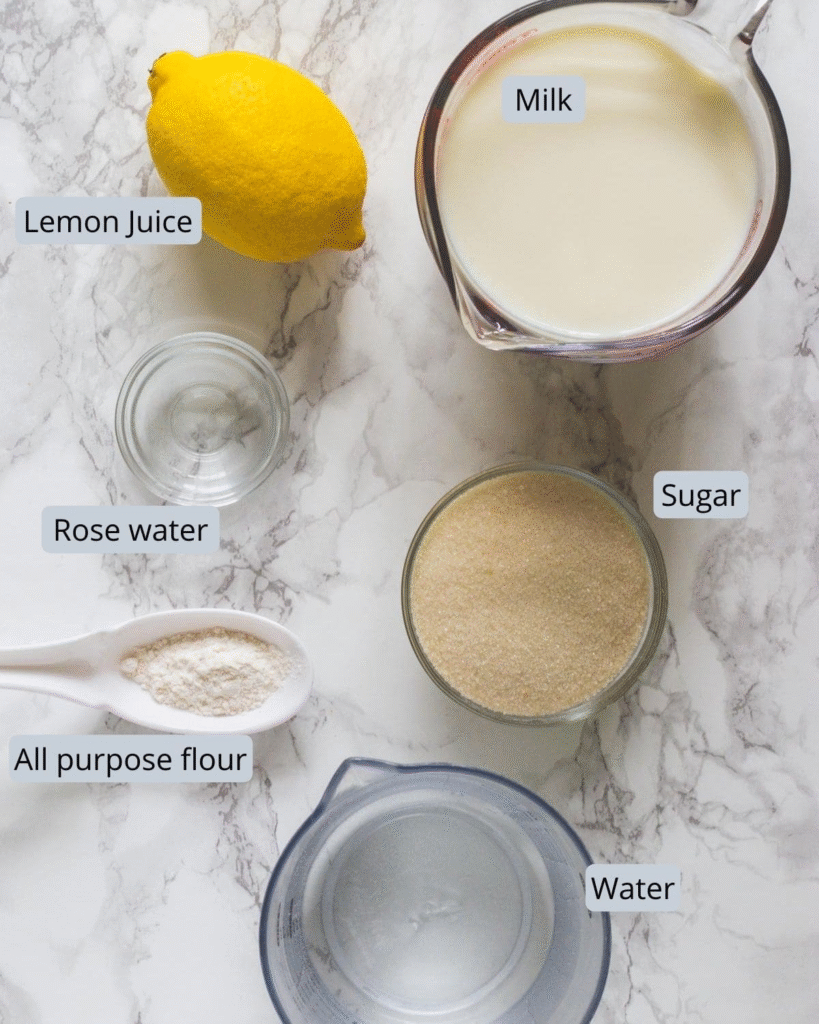
👩🍳 How To Make Rasgulla? (Stepwise)
Making Chenna:
1) Plan a sifter for straining by lining a huge fine-mesh strainer with a few layers of cheese cheesecloth or utilize man’s hanky or lean cotton cloth. Set over a expansive bowl.
Take drain in a overwhelming foot dish and bring it to a boil.
2) Turn off the warm and begin including lemon juice and keep stirring.
3) As you blend, drain begins to sour. If it does not sour totally at that point include small more lemon juice and stir.
4) Presently the drain solids and greenish whey are isolated. Strain the blend utilizing a arranged strainer.
5) Promptly wash the chenna beneath running cold water to halt the assist cooking prepare, furthermore evacuate the citrus taste from it.
6) Accumulate the cloth edges and light crush it till it is no more dribbling. No require to hang or put the weight on it. Fair crushing will do the work. Check the chenna, It ought to be damp (not wet).
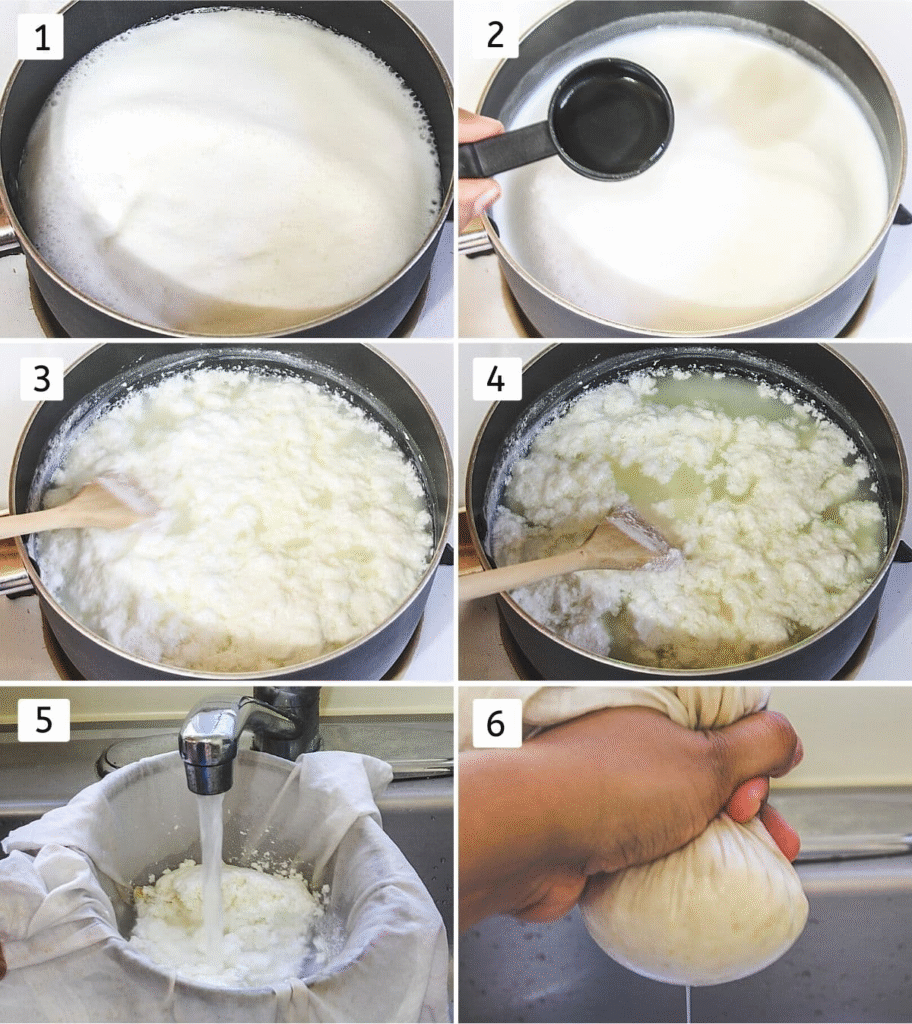
Kneading & Shaping Rasgulla Balls:
1) Take cheena ball to the plate or board.
2) Presently break and fair take note the huge granules of drain solids.
3) Presently include all reason flour and rose water. Presently begin manipulating the cheena, whereas working utilize the pressure from your palm. Work till it comes together like a dough.
4) Presently include sugar.
5) Once more begin manipulating till you get a smooth mixture ball. Too, halt manipulating as before long as your hand begins to get oily. Presently if you see interior the mixture, you won’t see any granules of drain solids like you taken note prior (at step 2).
6) Presently isolate it into 14 rise to parcels. Make smooth, crack-free balls and keep them secured with a clean kitchen towel to maintain a strategic distance from drying.
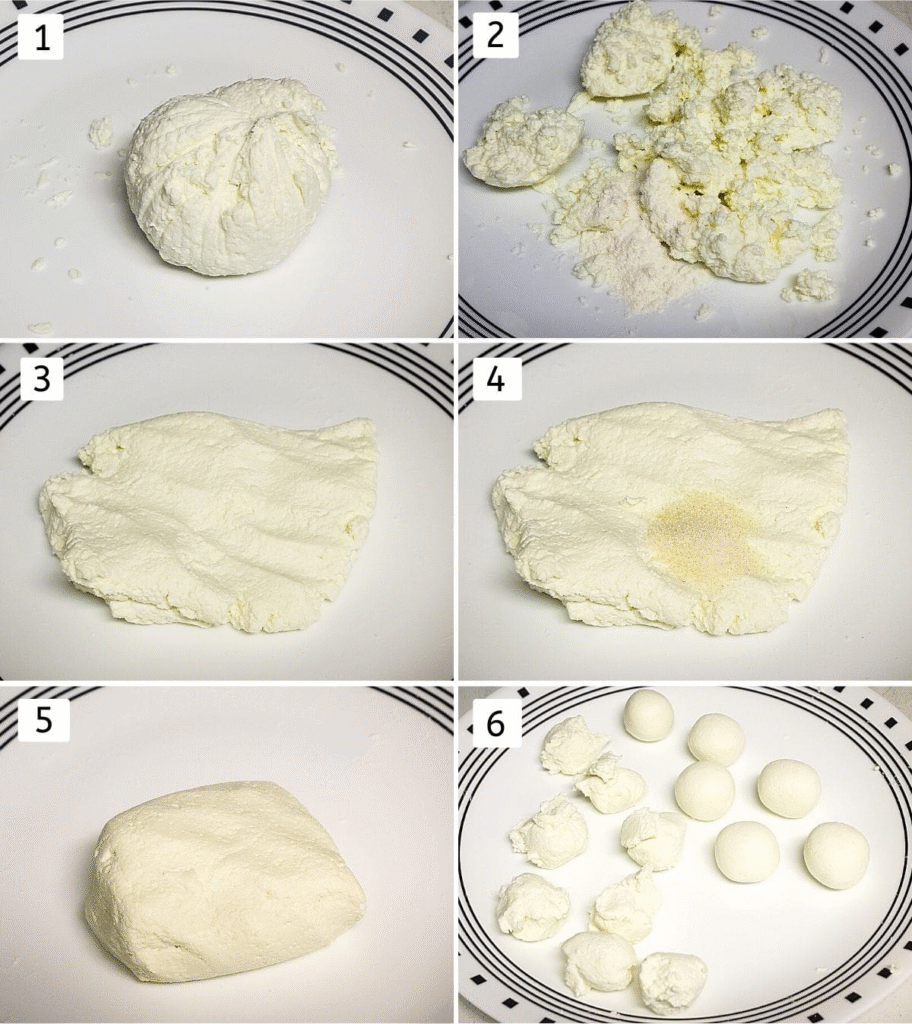
Cooking Rasgulla:
1) Take sugar and water in a skillet and bring it to a rolling bubble on medium. The shape and estimate of the skillet play an critical part here. Make beyond any doubt that rasgulla has sufficient space to grow and move around. Additionally, it ought to be profound sufficient that it remains submerged into the syrup. So shallow and as well wide skillet doesn’t work here. I am utilizing an 8-inch breadth profound saucepan.
2) Include balls into rolling bubble sugar syrup.
3) Cover it with the cover and proceed cooking for 20 minutes without exasperating and opening the top. All the time the sugar syrup has to be bubbling (not stewing). So keep the warm medium. (not tall that it is bubbling as well rapidly)
4) Presently you can see that rasgulla have expanded more than twofold the measure. Turn off the stove.

5) After turning off the stove, the syrup is still bubbling (since syrup gets tall temperature), so to cool it down and halt advance cooking, include 1 cup of room temperature water.
6) Syrup stops bubbling and rasgulla sink to the bottom. That is superbly normal.
7) How to check rasgulla is prepared? Take one rasgulla utilizing a spoon and drop it into the glass of water. If it sinks and goes to the foot at that point it is cooked. If it drifts on beat, implies it is still crude from interior. It needs more cooking.
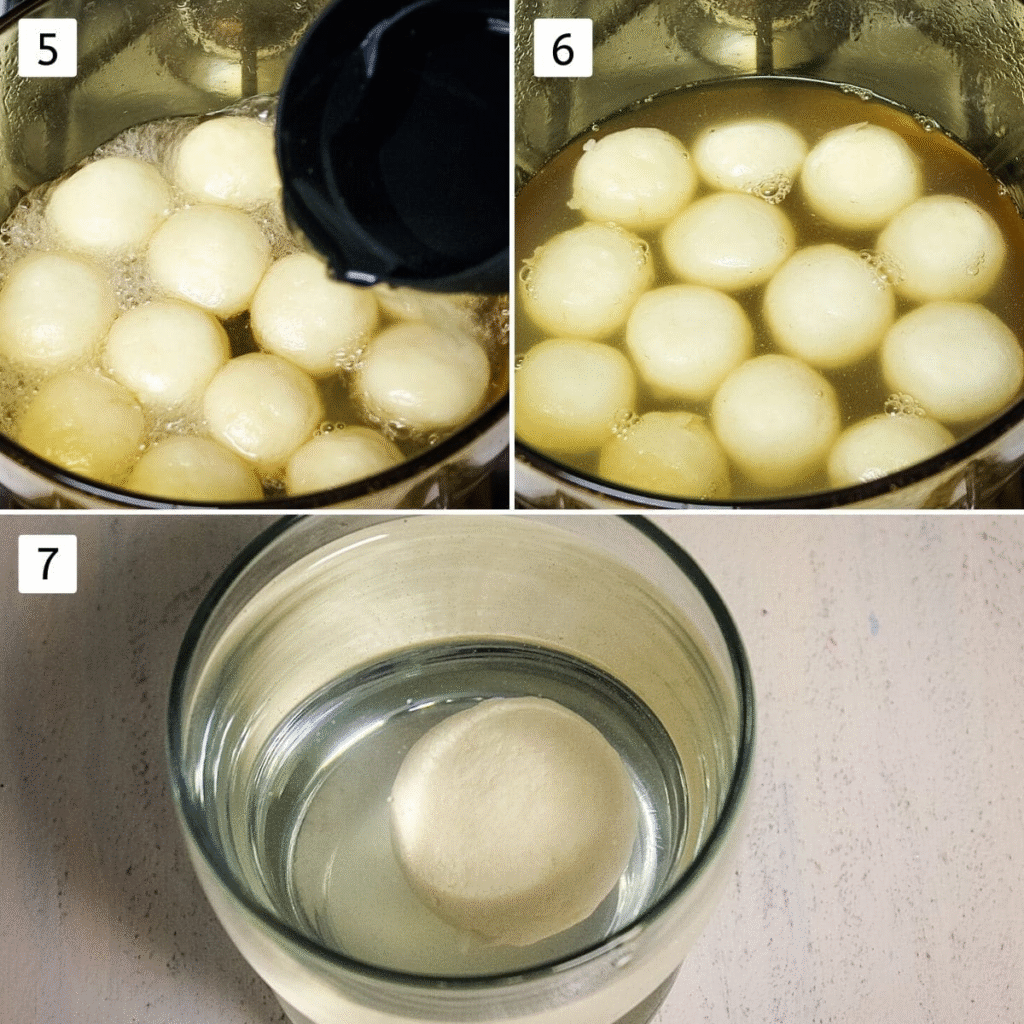
💭 Expert Tips For BEST Rasgulla Recipe
The measure & shape of the skillet does matter. As I have said, for this amount, utilize 8-9 inch breadth skillet. Skillet ought to be profound like a pan, not the shallow skillet. You can see in the step by step pics. So essential crucial is rasgullas ought to be submerged in the syrup whereas cooking and they ought to have sufficient room to grow whereas cooking.
Never ever think of utilizing store-bought new or solidified paneer to make rasgulla. Make it at domestic. Paneer and chenna are two different.
Chenna ought to have the right dampness in it.
– If it has as well much dampness at that point it may deteriorate in the syrup whereas cooking. Now and then, it copies in estimate but shrivels after cooking.
– If it is dry at that point rasgulla ended up rubbery, chewy and thick. Now and then they smooth like a circle after cooking.
The manipulating prepare is exceptionally critical.
– Work till smooth and no more drain granules.
– Moreover, whereas manipulating when you palm gets marginally oily. Halt right there.
– Over working makes them recoil after cooking.
– Working time absolutely depends on the amount you’re making, additionally how much pressure you’re utilizing whereas working, how fast you are. So cannot deliver you the correct time, but take after the above-mentioned signs to decide chenna is worked well or not.
Do not diminish sugar and water amount. It looks as well much sugar. But we are not expending all the syrup.
To get the best surface, the syrup ought to be bubbling reliably all the time. So for that, the gas warm ought to be on medium. (not high).
Storage: Store rasgulla (along with sugar syrup) in the fridge in an waterproof container for up to a week.
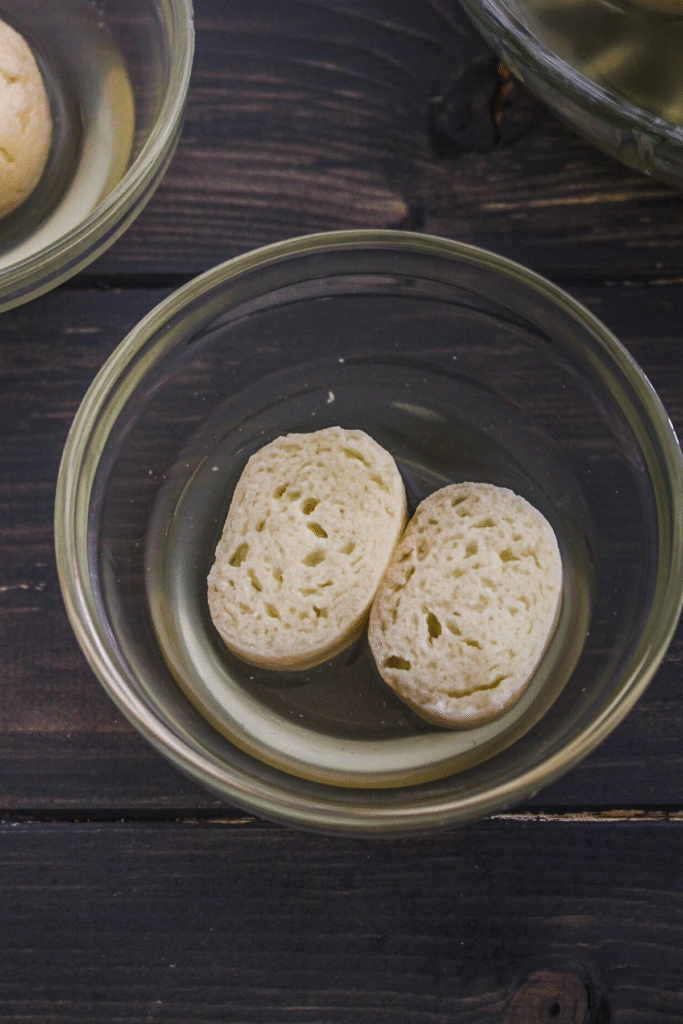
FAQs
Why my rasgulla are chewy & rubbery? Overcooking may result in a chewy and rubbery surface.
Why my rasgulla become hard? The dry chenna comes about into difficult, chewy rasgulla. Chenna ought to be fair wet (but not that whey is dribbling). Whereas manipulating if you feel chenna is dry at that point you can sprinkle small water and proceed kneading.
Why my rasgulla have shrunk or flattened after cooking? There are a few reasons:
– Your chenna has as well much dampness. Whereas working if you feel it has as well much dampness at that point increment the sum of flour. Or put the weight on it for a few time and let the overabundance water run out and splash that by a paper towel.
– Overkneading the chenna can be the issue.
